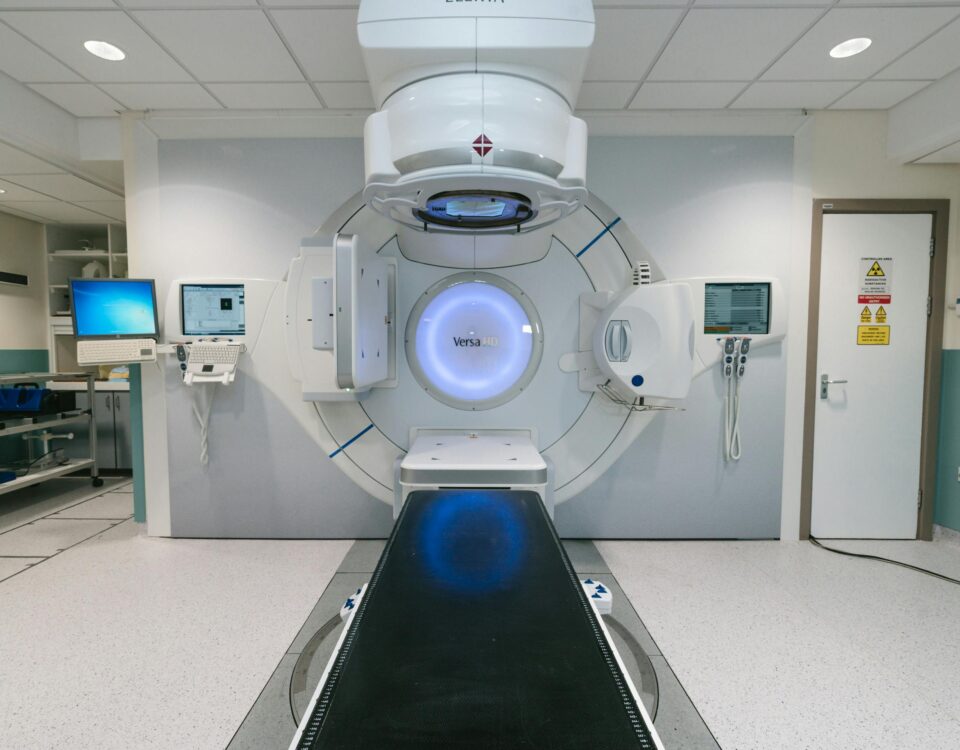
How Primary Care Establishes a Foundation for Long-Term Health
September 12, 2025
Tips for Preventing Hamstring Injuries in Athletes
September 12, 2025Migraines are a neurological condition that can cause intense, debilitating headaches. Learning about migraines, including their causes, symptoms, and treatment options, is a useful step in managing the condition. Here is more information on migraines to help individuals understand and find relief from their symptoms:
What Are Migraines?
A migraine is more than just a severe headache; it is a complex neurological disorder. It often involves a throbbing or pulsing pain, typically on one side of the head. This condition can interfere with daily activities and lasts for hours or even days.
Understanding the nature of migraines is the first step toward effective management. The condition varies widely among individuals in terms of frequency and intensity. Recognizing it as a treatable medical condition is key to seeking appropriate care.
What Causes Them?
The exact cause of migraines is not fully understood, but genetics and environmental factors potentially play a role. Brain chemical imbalances, such as changes in serotonin levels, may be involved. When serotonin levels drop, it can cause blood vessels in the brain to constrict and then dilate, leading to pain.
Certain triggers can set off a migraine attack in susceptible individuals. These may include changes in sleep patterns, specific foods and additives, hormonal fluctuations in women, and sensory stimuli like bright lights or strong smells. Identifying and managing personal triggers is a component of migraine management.
What Are the Symptoms?
Migraine symptoms occur in stages: prodrome, aura, attack, and post-drome. Not everyone experiences all stages. The attack phase is characterized by a moderate to severe headache, often accompanied by nausea, vomiting, and extreme sensitivity to light and sound.
Other symptoms include visual disturbances, known as an aura, which may present as flashing lights or blind spots. Following the attack, a post-drome phase may leave the individual feeling drained or confused. Tracking these symptoms can help a healthcare provider make an accurate diagnosis.
What Remedies Can Help?
Several approaches help manage migraine symptoms and reduce their frequency. These remedies range from lifestyle adjustments to medical treatments. A combination of strategies may be most effective.
Avoid Triggers
Identifying and avoiding personal migraine triggers is a fundamental strategy. This may involve making dietary changes, establishing a regular sleep schedule, or practicing mindfulness techniques. Keeping a migraine diary can be beneficial for pinpointing specific triggers.
Medications
Both over-the-counter and prescription medications are used to treat migraines. Pain relievers help with mild symptoms, while specific prescription drugs can be more effective for severe attacks. Preventive medications are also available for those who experience frequent migraines.
Botox
Botox injections are an FDA-approved preventive treatment for chronic migraines. The injections are administered around the head and neck, targeting the pain. This treatment may help reduce the frequency of headache days for some individuals.
Intravenous Injections
For severe, persistent migraines that do not respond to other treatments, intravenous (IV) injections may be administered in a clinical setting. These can include a cocktail of medications to break the pain cycle. This approach is typically reserved for acute situations.
Find Relief Today
Migraines are a complex condition, but various management strategies may provide relief. Understanding the causes, symptoms, and available remedies allows individuals to take an active role in their care. By working with a healthcare professional, you can create a comprehensive plan to manage your migraines effectively.





